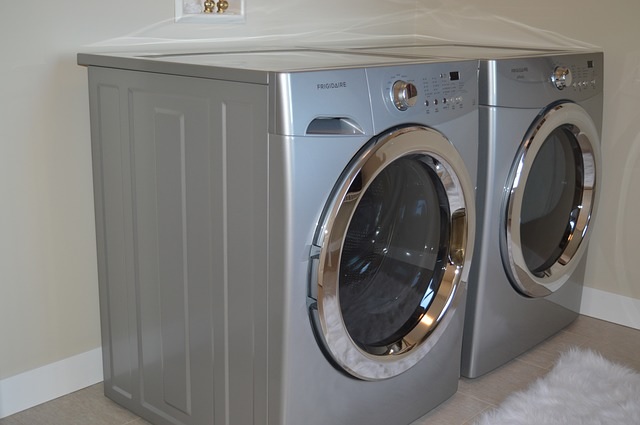The coffee maker is our best friend in the morning. We use it pretty much every single day. But when is the last time you cleaned your coffee maker? How often do you clean your coffee maker?
You should know that every time you brew coffee, the residue from the beans, lime deposits and hard water tends to build up inside the machine. The machine needs to be washed or cleaned on a regular basis to get rid of the deposits and keep your Java fresh and tasty.
When to Clean Your Coffee Maker?
After few months of consistent use, your coffee maker starts to look pretty grubby on the inside, and that’s a clear sign that it needs to be cleaned.
Generally speaking, you should clean your coffee maker at least once a month to ensure that it stays in perfect working condition.
How to Clean Your Coffee Maker:
- Get a clean filter and put it in the filter basket.
- Fill the reservoir with an equal amount of plain white vinegar and water.
- Switch on the coffee maker and let it run the same way as it does when brewing coffee.
- After the initial cycle is complete, dispose the vinegar and repeat the process twice with clean water. Remember to do this twice so your coffee doesn’t taste like vinegar.
- After cleaning the internal parts of the machine, you can place the filter basket and the pot into the dishwasher.
As you can see, cleaning your coffee maker is as simple as brewing your early morning coffee. Be sure to clean your coffee maker on a regular basis if you use it more than average, so you can enjoy your Java and stay healthy.
Tips for Using Your Coffee Maker:
Tip #1 – Be sure to clean your coffee maker at least once a month irrespective of how often you make use of it. Doing this will help prevent the buildup of molds and coffee oil residue.
Tip #2 – Use a better and healthier cleaning agent like baking soda for getting rid of coffee maker stains. Baking soda possesses natural cleaning properties that can strip away stains, dirt and grime from your coffee maker.
Tip #3 – As mentioned earlier, you can also use vinegar to get rid of molds and hard mineral buildup. Mineral buildup tends to harden up and get accumulated in some parts of your coffee brewer. To remove these accumulations, simply run the vinegar through coffee maker, this should clean the inner part of your machine and get rid of invisible minerals.
Tip #4 – Now, if you’re not comfortable with the smell of vinegar or you tend to have a hard time getting rid of the smell after using it, try substituting it with lemon juice. Lemon juice has similar acidic properties as vinegar, so it can still get the job done.
Tip #5 – Be sure to dry your coffee maker after using it. Doing this should help prevent the formation of molds. Just make sure everything looks clean and dry all the time.
Just like any other household gadget or machine, your coffee maker needs some tender loving care to keep it in good shape. Just be sure to clean your coffee maker on a regular basis and remember to go for natural cleaning agents at all times.



